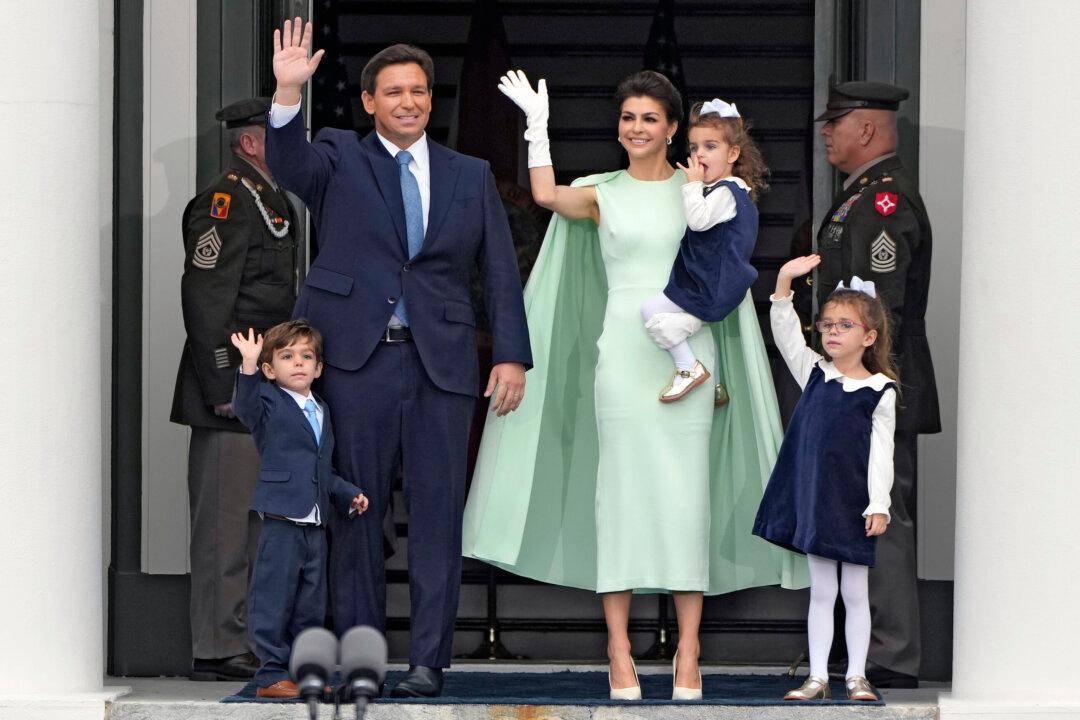Florida Gov. Ron DeSantis’s administration extended paid maternity and parental leave to state employees for the first time.
The governor and the cabinet approved the move in a meeting on Sept. 18, Mr. DeSantis’s office announced.

Florida Gov. Ron DeSantis’s administration extended paid maternity and parental leave to state employees for the first time.
The governor and the cabinet approved the move in a meeting on Sept. 18, Mr. DeSantis’s office announced.